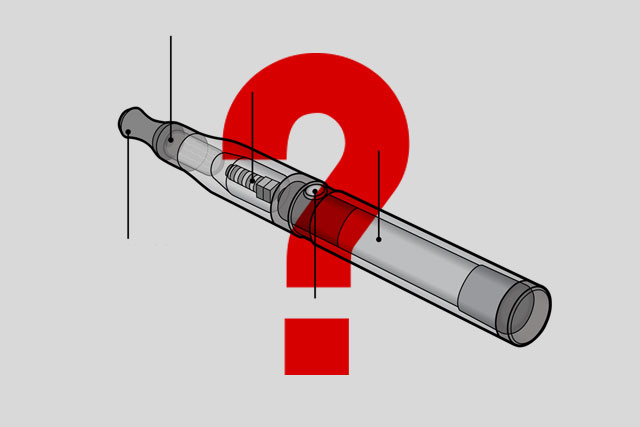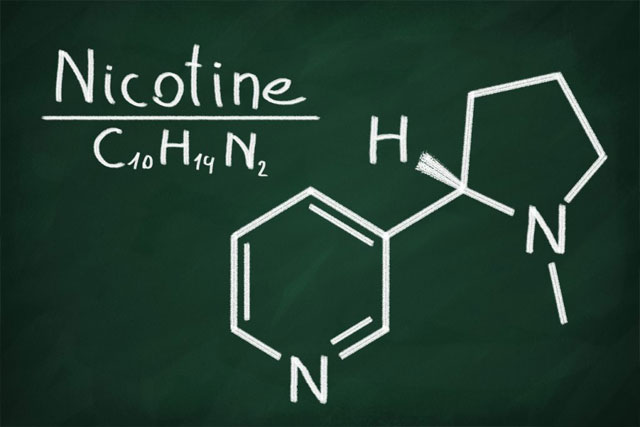Frequently Asked Questions

Why are e-Cigs better than Analogue Cigarettes?

Many wonder what the main differences are between electronic cigarettes and analogue cigarettes.
Electronic cigarettes do not contain the thousands of chemical-toxic substances in tobacco which is found in traditional cigarettes. A normal cigarette contains many chemicals such as Benzene, Formaldehyde, Ammonia, Acetone, Arsenic, Hydrogen Cyanide and many more. An analogue contains just over 4000 other chemicals to be exact.
What is Propylene Glycol?

Propylene Glycol used in electronic cigarettes is a colorless liquid with a sweet, thick and sticky texture.
Propylene Glycol used in food and cosmetics are safe for humans and environmentally friendly. It is the substance that helps to dissolve the aromatic ingredients contained in electronic cigarette e-juice and with the help of an atomiser that provides heat and simulates cigarette smoke.
Who should use an e-cig?

Thinking of making the switch?
Here you will find if an electronic cigarette is for you.
How an Electronic Cigarette Works

There are 3 main parts to an electronic cigarette:
- The Filter
- The Atomiser
- The Rechargeable Battery
What is Nicotine?

Nicotine is an organic compound and is a nitrogen-containing alkaloid.
Nicotine is naturally produced by various plants, including the tobacco plant. Nicotiana tabacum is the naturally occurring nicotine found in tobacco plants which belong to the nightshade family. Potatoes, tomatoes, eggplant, and Red peppers are examples of the nightshade family and naturally contain a small amount of nicotine. Nicotine is also produced synthetically in laboratories. Pure nicotine is an odorless liquid and very toxic in high concentrations and had a bitter taste.
